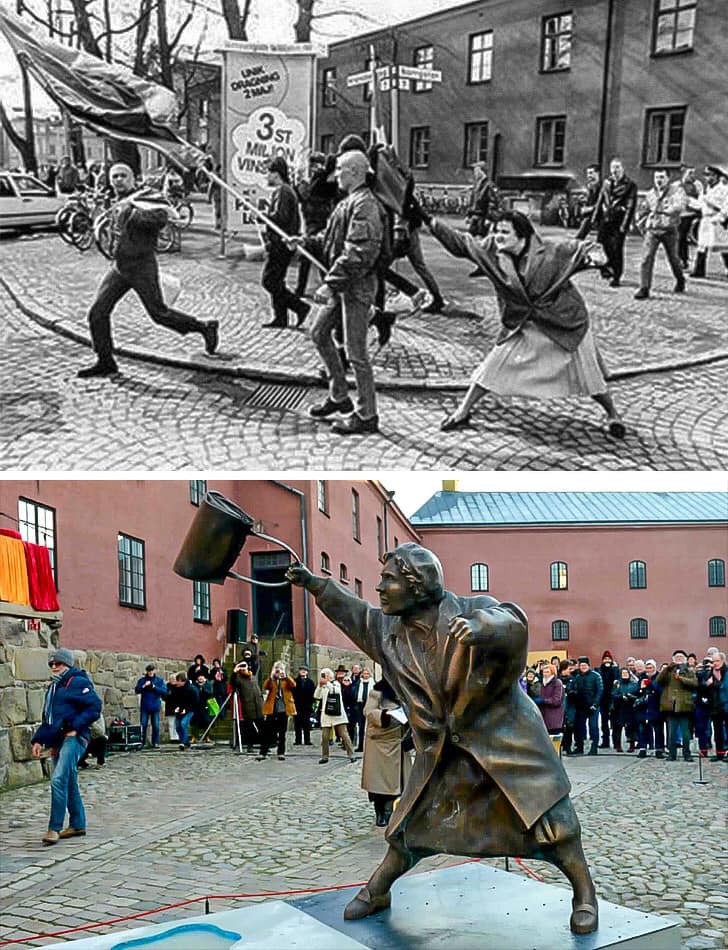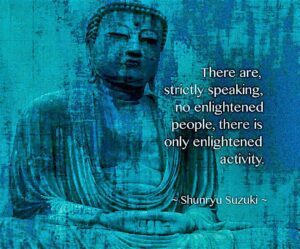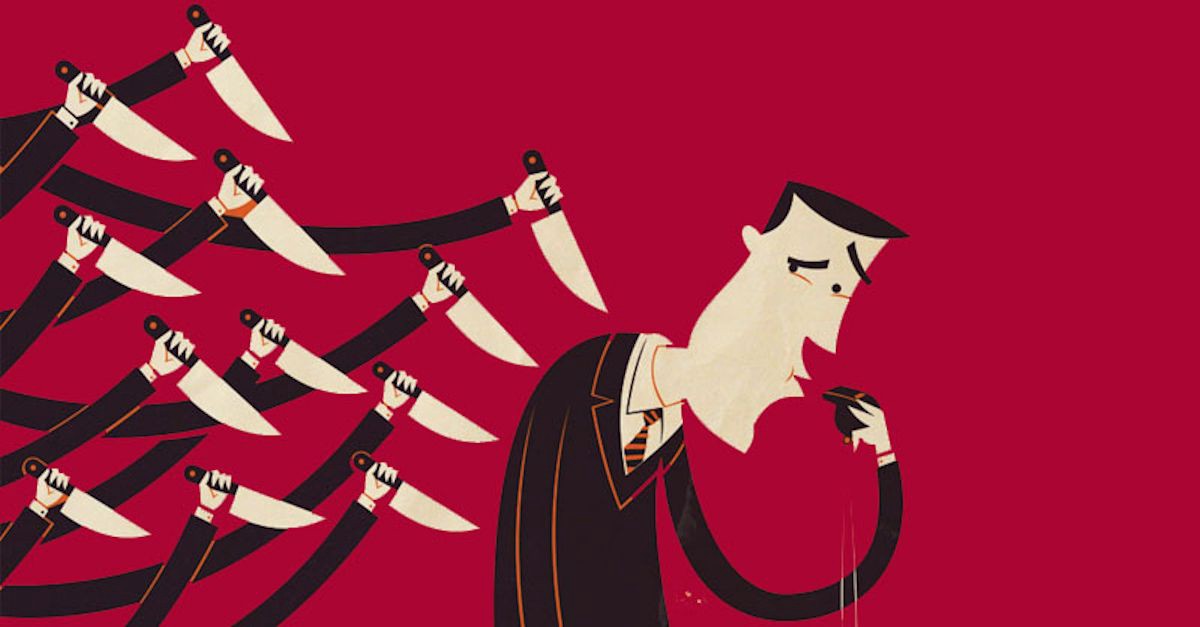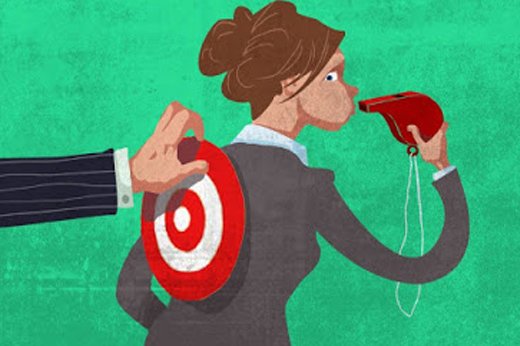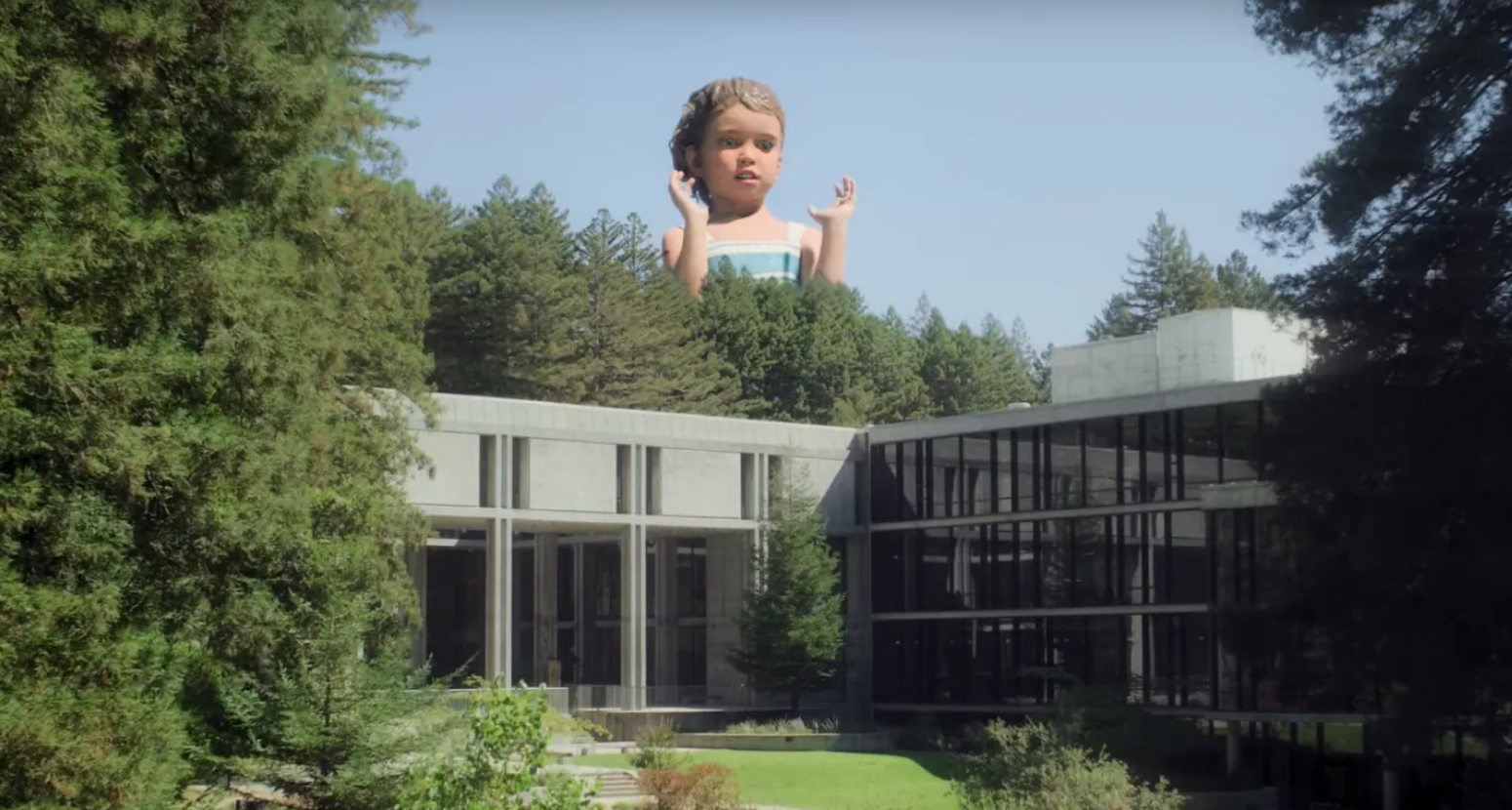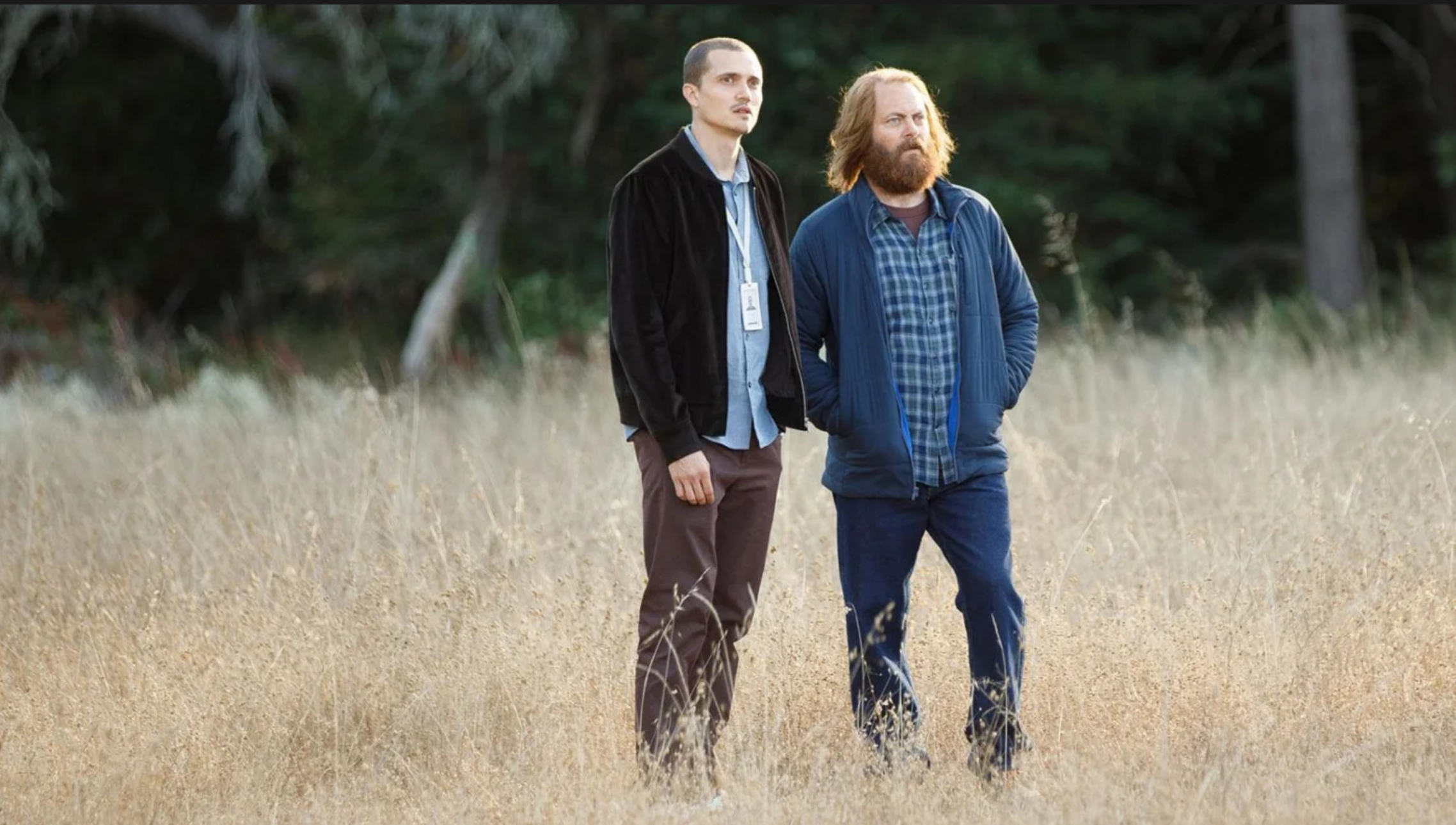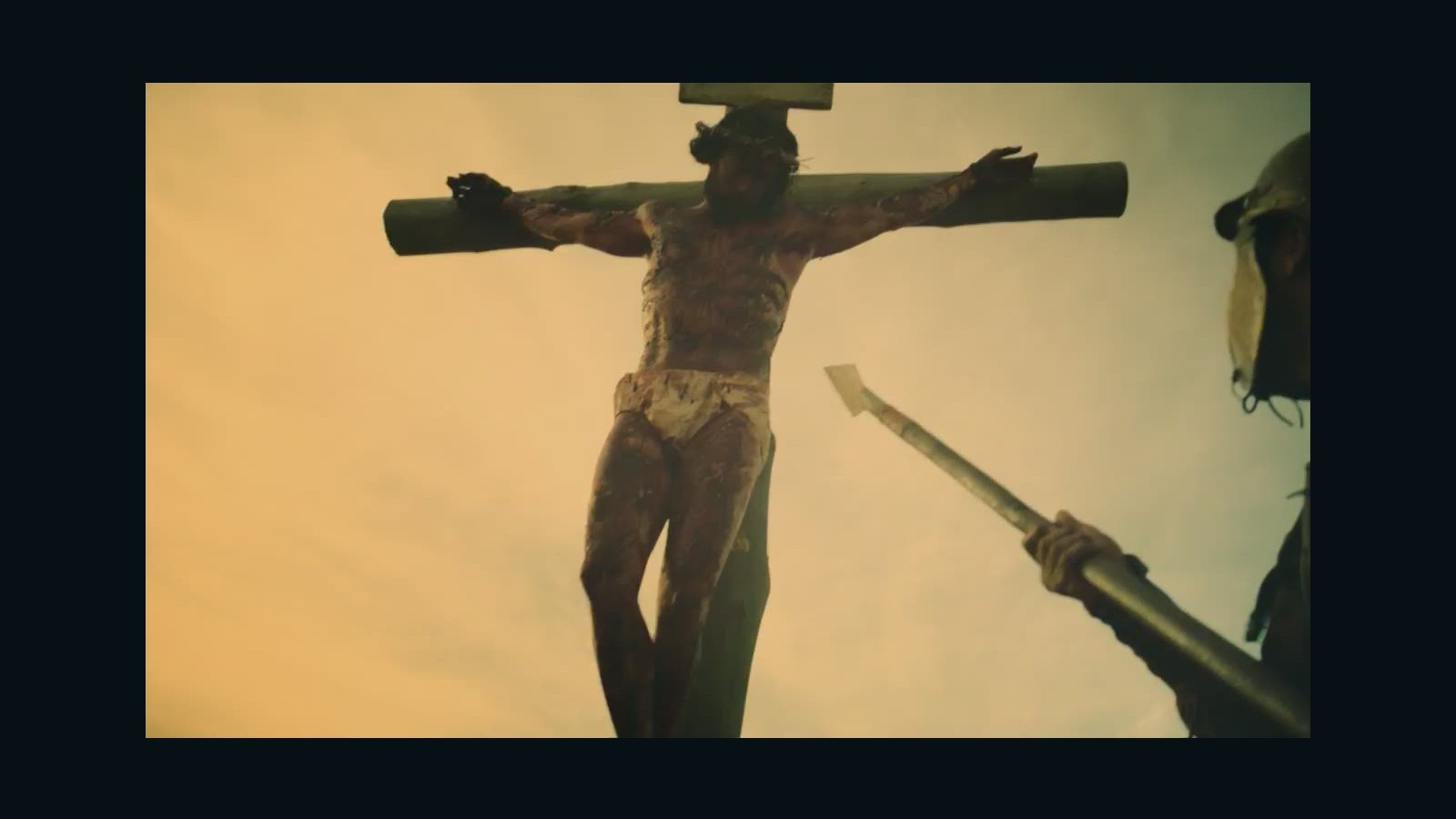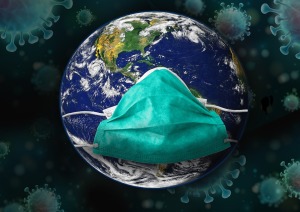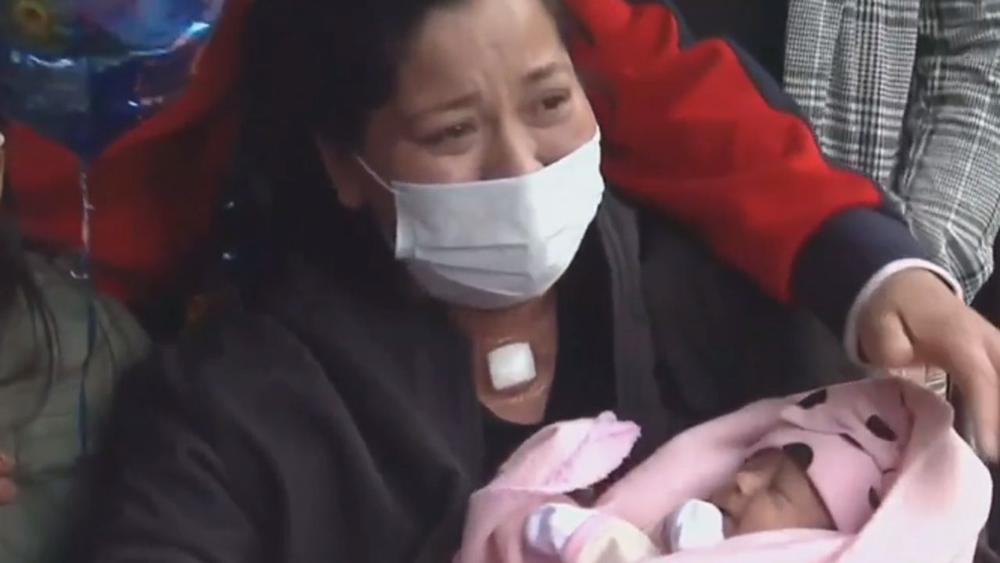 By Scott T. Allison
By Scott T. Allison
Heroism is defined by researchers as extreme prosocial behavior that is performed voluntarily, involves significant risk, requires sacrifice, and is done without anticipation of person gain.
The devastating effects of COVID-19 on individuals and on societies worldwide bring into sharp relief what “extreme prosocial behavior” really means.
I argue here that heroism’s primary aim is to unify people. The dictionary’s definition of “unify” is to take actions that make people united and whole. Let’s break down these two components of unification, illustrating how they are the central mission of heroism.
First, to unify is to unite people. Early in the COVID-19 crisis, ER nurse Allison Swendsen took a moving photo of an elderly man holding a sign at a window, thanking healthcare workers for saving his wife.
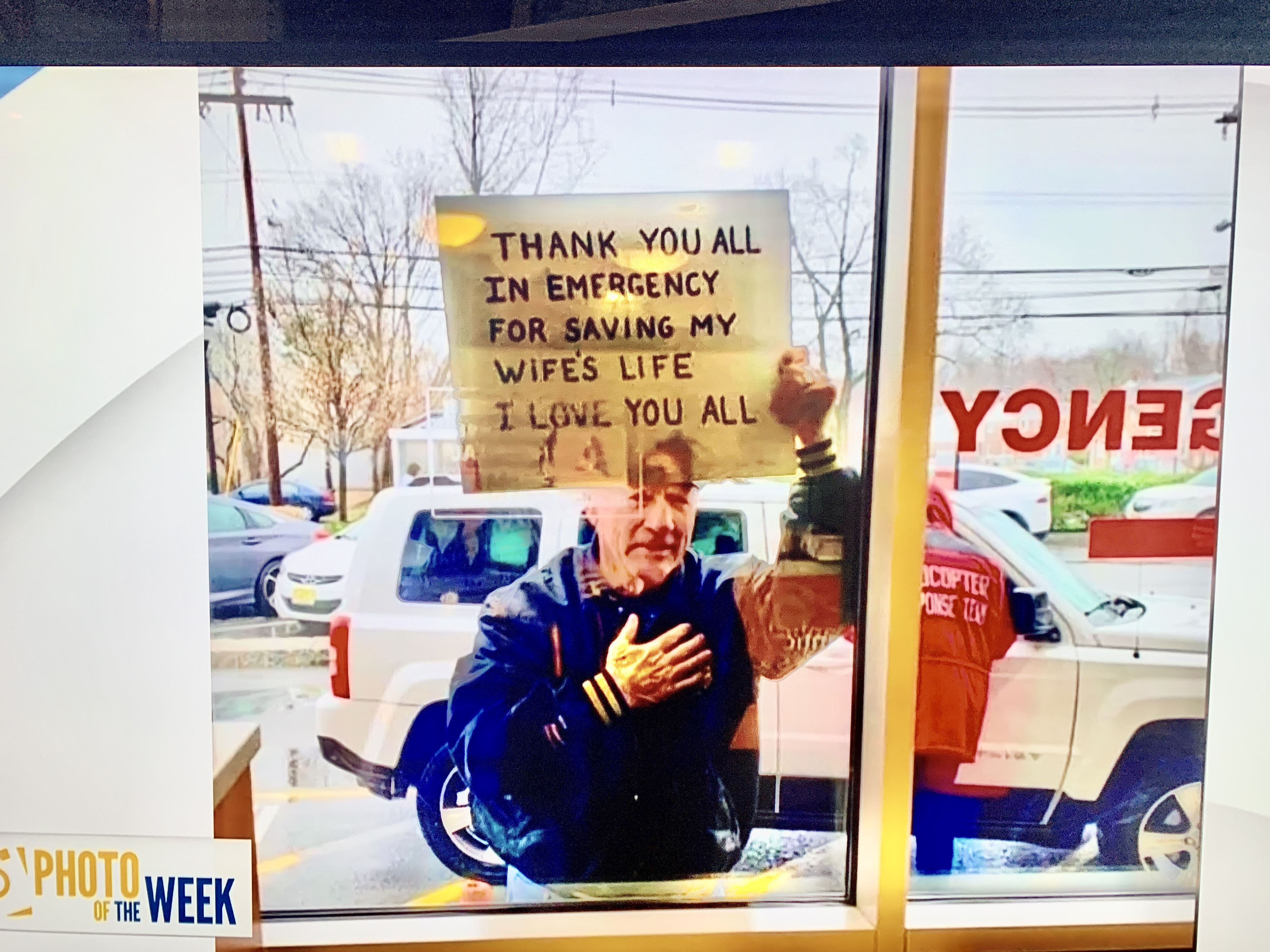 These heroes allowed this woman to reunite with her husband. Heroism always involves bringing people together.
These heroes allowed this woman to reunite with her husband. Heroism always involves bringing people together.
Second, to unify is to promote wholeness, the mark of health and well-being. We can see that all heroic actions during this COVID-19 pandemic are aimed at reducing suffering and promoting the health and well-being of individuals and society. Heroes strive to promote the wholeness of all people, not just some of them. Heroism is always all-inclusive.
The Unification Principle of Heroism
A simple rule of thumb for distinguishing between heroes and villains is this: Heroes tend to be unifiers, whereas villains tend to be dividers.
Villains throughout history have made it their goal to divide human beings, with their divisions inflicting terrible human suffering and death. Genocidal leaders from Adolf Hitler to Pol Pot made it their aim to promote the well-being of one group of people at the expense of another. Dividing the world between “us” and “them” isn’t always villainous, but when doing so exacts intense suffering on members of the out-group, then such dividers are villains.
Heroes, in contrast, adopt a more “nondual” view of the world. They see humanity as one and value the well-being of all people regardless of nationality, race, gender, age, or sexuality. Because they strive for social unity, heroes aim to eliminate disparities in health and well-being, not just disparities between group categories but also disparities among individuals within categories, too.
The unification principle of heroism operates at the levels of both large collectives and single individuals. At the group level, heroes unify people by leading civil rights movements, for example. The goal of most social movements is to reduce suffering in disadvantaged groups by creating a more equal and united society. Our cultural heroes have always made it their primary aim to unify the world. Heroic legends such as Martin Luther King, Jr., Malala Yousafzai, Abraham Lincoln, Susan B. Anthony, and Nelson Mandela all devoted their life’s work to bring people of different colors, genders, ethnicities, and geographic regions together.
Unification operating at the individual level occurs when a hero saves a person from harm. If a hero rescues someone from a burning building, the hero has allowed for the reunification of the person with their family. Whether the goal is large scale (e.g., ending apartheid) or small-scale (e.g., saving someone from drowning), the hero is striving to achieve unity, wholeness and well-being, either within a society, a family, or an individual.
Perhaps the goal of unifying people has always been heroism’s primary aim. Back in 1949, the progenitor of heroism science, Joseph Campbell, observed that the goal of the mythic hero’s journey is always to return home and become united with family and community. “Where we had thought to be alone,” wrote Campbell, “we shall be with all the world.”
COVID-19 Amplifies the Need for Heroic Unification
Every crisis produces heroes who illustrate the unification principle of heroism. Perhaps more than any single event in recent history, the COVID-19 pandemic underscores the heroic imperative to unify people. Everyday unsung heroes, such as healthcare workers and first responders, strive to reunite a saved individual with their loved ones. Heroism is always about social unification.
All crises and disasters tend to engender suffering by widening already existing health disparities between people. Consider what any tsunami, earthquake, or major act of terrorism does to people caught in its swath. The physical, emotional, and financial suffering that existed before a major crisis becomes magnified during and after it.
COVID-19 reminds us that the “exceptional prosocial behavior” at the heart of heroism is aimed at reducing existing disparities in well-being, at easing the suffering of one segment of society, at unifying humanity by promoting the welfare of everyone. Heroic scientists racing to develop a vaccine and other treatments for the virus are doing so to benefit all of humanity, not just one segment of it. Jonas Salk became a hero for developing the vaccine for polio, and the vaccine developers for COVID will also likely become cherished heroes as well.
The coronavirus has been especially adept at preying on disparities. People of color have been more adversely affected by COVID-19 compared to Euro-Americans. African-Americans, for example, are less able to take the precaution of staying at home because they are less likely to have jobs that allow them to telecommute. In addition, people of color are more likely to live in crowded housing units that make social distancing difficult.
COVID-19 has also magnified disparities in income, with high-income earners being more likely to maintain their employment during the crisis compared low-income workers. Millions of jobs in the lower paying service and hospitality industries have been lost, many of them permanently. The gap between the “haves” and the “have-nots”, already alarmingly large throughout the world, has expanded as a result of COVID-19. Growing disparities in health and in wealth are, at this moment, inflicting tremendous suffering.
The heroes attempting to resolve the current pandemic crisis are working, either directly or indirectly, to achieve the heroic imperative of wholeness and unification across race and class. Reducing health and income disparities is the heroic goal of medical scientists searching for a cure, and should be the heroic goal of our political leaders faced with the task of rebuilding and reunifying society.
The Drive for Unification
The unification principle of heroism has always been an implied element of the definition of the term “hero”. Famed psychologist Phil Zimbardo hinted at unity and wholeness when he argued in 2011 that heroism reflects “a concern for other people in need.” Zimbardo has also referred to unification as sociocentricity, the mindset of looking out for collective well-being. Meeting everyone’s basic needs unifies them with the world and is the imperative of all heroes.
In her recent book on heroism, Elizabeth Svoboda emphasized that “heroes bring people together”. They do so by working for justice and by alleviating suffering, thereby enhancing both psychological wholeness at the individual level and social wholeness at the level of community.
This idea of unification has ancient roots, with world religions from Buddhism to Christianity having long made unification their primary aim. Jesus prayed “that they all may be one” (John 17:21) and Buddha observed that humanity is “many in body, one in mind.” Today’s spiritual geniuses, including Thich Nhat Hanh, Eckhart Tolle, and Richard Rohr, place unitive consciousness at the forefront of their definition of psychological well-being and spiritual maturity.
Merriam-Webster defined heroism as “heroic conduct especially as exhibited in fulfilling a high purpose or attaining a noble end.” That noble end is the unification of all human beings. Joseph Campbell himself noted that heroes do not distinguish their own fate from that of others. Heroes, said Campbell, are guided by the “true reality” that we are all in “unity with all life.”
Our most iconic cultural heroes have long argued for the imperative of human unification. The famed poet Maya Angelou said that a hero “is any person really intent on making this a better place for all people.” Martin Luther King, Jr., said: “We must learn to live together as brothers or perish together as fools.” And from J. K. Rowling: “We are only as strong as we are united, as weak as we are divided.”
Consider also a thoughtful quote from Albert Einstein (1950): “A human being is a part of the whole, called by us ‘Universe,’ a part limited in time and space. He experiences himself, his thoughts and feelings as something separated from the rest — a kind of optical delusion of his consciousness. This delusion is a kind of prison for us, restricting us to our personal desires and to affection for a few persons nearest to us. Our task must be to free ourselves from this prison by widening our circle of compassion to embrace all living creatures and the whole of nature in its beauty.”
Pragmatics: How to Achieve Unification
In this article I’ve argued that the most fundamental goal of heroic action is to unify people. Research on the attributes of a hero places wisdom near the center of heroic consciousness. One might think that I am pushing for the idea that understanding the “oneness” of people, the interconnectedness of all things, is true wisdom.
That’s only partially correct. We cannot escape the reality that true heroic wisdom resides in knowing how best to implement unification in a highly charged, politically polarized world. In the USA, for example, the conservative push for building walls between America and the rest of the world clashes with the liberal push for more open borders and globalization. Heroic wisdom, grounded in unification, resides in negotiating a balance between these two positions. Opening the borders would result in chaos and the collapse of necessary infrastructure; closing the borders lacks compassion and decency. Wise leaders are needed to navigate a workable path between these two extreme positions.
The unification principle of heroism is always about reducing disparities, and this includes disparities in extreme ideology. Heroic solutions to difficult problems require hard work, and the hard work of unifying humanity’s ideological divide must necessarily involve actions that seemingly clash with our tribal instinct to partition the world into “us” versus “them”.
True heroes tend not to view the world only in binary or dualistic terms. In our desire to unify humanity, it is the height of hypocrisy to divide the world into those who are “right” about a complicated issue such as immigration and those who are “wrong” about it. The means to achieving an end state of wholeness must also be faithful to the goal of wholeness. Unification as a goal also requires unification as a process.
I am not claiming that compromise is always the answer. Nondual thinking can lead to compromise, but it can also lead to taking a firm stance on one side of an issue. Heroic consciousness, for example, would never adopt a compromising position with Hitler’s final solution. Many of the world’s most pressing problems, from climate change to COVID-19, involve morally complicated issues that require a balanced heroic unification approach.
I offer two pragmatic solutions to achieving heroic unification, one psychological and one interpersonal. The psychological approach centers on our individual imperative to assume heroic consciousness in all our interactions with others. The three “A”s offer a promising technique: Awareness, Acceptance, and Action. First, try to become aware of the default tendency to dualistically lump people into categories of good and bad, us and them, and smart and dumb. Recognize that these divisions run counter to the goal of heroic unification.
Second, accept that we are all human and prone to binary thinking. Accept that engagement in social media magnifies this bias and stirs up negative emotions, and accept that each one of us is powerless over how other people think and behave. Once we practice mindful awareness and acceptance, we are in a good position to take heroic action. Sometimes doing nothing at all is the appropriate response. More often than not, the heroic response is to show gentle compassion – for ourselves, for others, and for our broken world.
Another pragmatic strategy for bringing about heroic unification involves using strategies endorsed by an organization called Braver Angels, which is dedicated to depolarizing the world. Braver Angels teaches interpersonal skills that promote respect, curiosity, and openness between parties who differ ideologically. Braver Angels focuses on recognizing common values and concerns; setting a constructive tone; promoting listening in a way that makes the other person feel heard; helping us speak in a way that enables the other person hear you; and teaching techniques that help us handle difficult interpersonal moments.
Our heroic imperative is to resist our baser instincts to label and categorize, and to embrace ways of thinking and behaving that bring people together. Heroes unify the world by ending suffering, and by listening and negotiating with great compassion. This is the heroic work we desperately need in the age of COVID-19 and beyond.
References
Allison, S. T. (2019). Heroic consciousness. Heroism Science, 4, 1-43
Allison, S. T. & Goethals, G. R. (2020). The heroic leadership imperative: How leaders inspire and mobilize change. West Yorkshire: Emerald.
Campbell, J. (1988). The power of myth. Norwell, MA: Anchor Press.
Efthimiou, O., Allison, S. T., & Franco, Z. E. (Eds.) (2018). Heroism and wellbeing in the 21st Century: Applied and emerging perspectives. New York: Routledge.
Franco, Z., & Zimbardo, P. (2006). The banality of heroism. Greater Good. Retrieved from https://greatergood.berkeley.edu/article/item/the_banality_of_heroism
Goethals, G. R., & Allison, S. T. (2019). The romance of heroism and heroic leadership: Ambiguity, attribution, and apotheosis. West Yorkshire: Emerald.
Harari, Y. N. (2018). 21 lessons for the 21st century. New York: Spiegel & Grau
Kohen, A., Langdon, M., & Riches, B. R. (2017). The making of a hero: Cultivating empathy, altruism, and heroic imagination. Journal of Humanistic Psychology, 59, 617-633.
Svoboda, E. (2019). The life heroic: How to unleash your most amazing self. San Francisco: Zest Books.
Zimbardo, P. G. (2011). What makes a hero? Greater Good. Retrieved from https://greatergood.berkeley.edu/article/item/what_makes_a_hero
Like this:
Like Loading...


